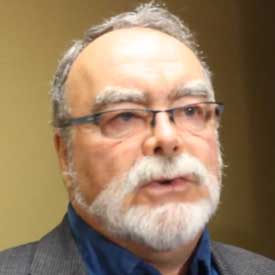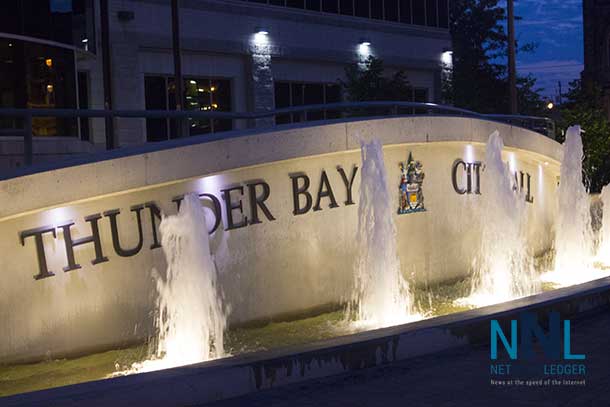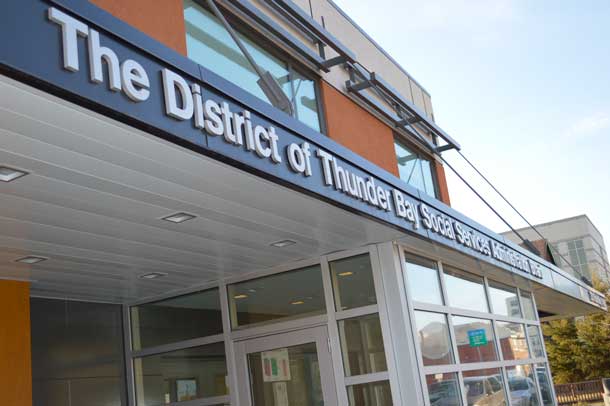
In a memo to be considered on August 25, Angus advises Council that the vast majority of lands used today for parkland have been either donated or set aside for park and recreation purposes through the subdivision process and under the 18 year old Land Development Policy all proceeds from the sale of park lands, like Municipal Golf Course, are to go into the Land Development Fund and used for land acquisition for a wide range of for development.
“Parks like Vickers and Boulevard were donated outright, while Chapples was created through a significant financial donation from a local family. Others, like the majority of the community centres, have been built through thousands of hours of labour by local residents. If any of these should be sold in the future it is imperative that the funds go to further the development of parks and open spaces in our community” said Angus.
Angus will tell his colleagues that “Should this policy remain in place Parks, which invested significant public funds into these recreation facilities will see none of the benefits of the disposal of these lands – further restricting their ability to improve the remainder of the properties under their care. At the same time, diverting funds away from the original purpose of the financing of a park goes against the original intent of either the 5% land conveyance, the cash-in-lieu provisions, outright land or cash donations or the extensive work by volunteers. “
Angus encourages the public to let Council members know if they support keeping park money in parks.
On August 25 Council will be asked to amend Corporate Policy 09-04-20 PROPERTY ADMINISTRATION – LAND DEVELOPMENT FUND as adopted on October 15, 1996 as follows:
Proposed: “All monies from the sale or lease of City-owned property including administration and user fees, with the exception of land that is contained within the park land inventory maintained by the Parks Division (park land), will be deposited in the Land Development Fund, and that the proceeds from the sale of any park land will be deposited in the Park Reserve Account and may only be used for the purchase and/or development of public park land.”

Backgrounder on Motion Before Council
Memo to Committee of the Whole: from Iain Angus, Councillor at Large
AMENDMENT TO: PROPERTY ADMINISTRATION – LAND DEVELOPMENT FUND:
Since at least the amalgamation r the acquisition and creation of City Parks – a key one being Chapples Park. The most notable donation of a large parcel of land occurred in the now Municipality of Oliver Paipoonge when the Fort William Merchants transferred ownership of Municipal Golf Course to the former City of Fort William. It was adjacent to a major recreation area utilized by residents of Fort William – King George’s Park.
Throughout all four former municipalities, volunteer groups banded together to develop recreation facilities – on land now considered park land. South Neebing Community Centre, Vickers Heights Community Centre, North Neebing Community Centre, West Arthur Community Centre, Heath Park Pool, Volunteer Pool, North McIntyre Recreation Centre, Jumbo Gardens Community Centre, Jackpine Community Centre, the original Current River Recreation Centre, North End Recreation Centre, Oliver Road Community Centre, Kinsmen Parkette were all built using volunteer labour with materials donated or paid for by the community at large. This applies to a number of smaller parkettes scattered throughout Northwood developed by volunteer labour. Even the modern West Thunder Community Centre was built, in part, through a significant contribution from the local Japanese Community as they applied their ‘redress’ funds to the development of this facility.
More recently parks like Chippewa and the mouth of the Current River have been developed or redeveloped through considerable volunteer effort and fund raising.
The proceeds of the Park Reserve Account have been used in the past to acquire park land – either as an expansion of an existing park or in the creation of a new park.
All of these public lands and facilities have been maintained throughout most of their history by the Parks Division. More recently, Facilities and Fleet have taken over responsibility for building maintenance but with the funds coming from the Parks budgets.
Under the current policy, adopted by Council 18 years ago, if any of these lands (including any facilities on them) were to be declared surplus and sold the funds would go into the Land Development Fund. At the time this policy was developed there was likely no consideration given to the potential disposal of park or recreation land. Until a few years ago any attempt at selling park land was met by steep and successful neighbourhood opposition.
Given the importance of maintaining a healthy inventory of park land to meet the physical and psychological needs of the community, it is inappropriate to see existing park and recreation land sold and have the funds used for other forms of development. As Council is aware, Administration is working to determine the extent of the deficit in the area of park land and recreation facility development but it is clear that there has been a significant decline in the fields and structures mainly due to continued restrictions on the budgets of the parks division over many years if not decades.
As Council will shortly be considering whether to sell Municipal Golf Course it is appropriate that prior to that decision, Council determines where the proceeds of that sale should go. Currently, the PROPERTY ADMINISTRATION – LAND DEVELOPMENT FUND policy states “All monies from the sale or lease of City-owned property including administration and user fees, will be deposited in the Land Development Fund.”
Should this policy remain in place Parks, which invested significant public funds into these recreation facilities will see none of the benefits of the disposal of these lands – further restricting their ability to improve the remainder of the properties under their care. At the same time, diverting funds away from the original purpose of the financing of a park goes against the original intent of either the 5% land conveyance, the cash-in-lieu provisions, outright land or cash donations or the extensive work by volunteers.
The policy needs to be changed to ensure the original intent of the creation of the parkland is adhered to.
Therefore with regards to Corporate Policy 09-04-20 PROPERTY ADMINISTRATION – LAND DEVELOPMENT FUND as adopted on October 15, 1996 I propose to amend it as follows:
Proposed (additions/changes in bold):
“All monies from the sale or lease of City-owned property including administration and user fees, with the exception of land that is contained within the park land inventory maintained by the Parks Division (park land), will be deposited in the Land Development Fund, and that the proceeds from the sale of any park land will be deposited in the Park Reserve Account and may only be used for the purchase and/or development of public park land.”
Appendix A
Section 51.1 of the Ontario Planning Act states:
Parkland
51.1 (1) The approval authority may impose as a condition to the approval of a plan of subdivision that land in an amount not exceeding, in the case of a subdivision proposed for commercial or industrial purposes, 2 per cent and in all other cases 5 per cent of the land included in the plan shall be conveyed to the local municipality for park or other public recreational purposes or, if the land is not in a municipality, shall be dedicated for park or other public recreational purposes.
Payment in lieu
(3) If the approval authority has imposed a condition under subsection (1) requiring land to be conveyed to the municipality, the municipality may, in lieu of accepting the conveyance, require the payment of money by the owner of the land,
(a) to the value of the land otherwise required to be conveyed; or
(b) where the municipality would be entitled to require a conveyance under subsection (2), to the value of the land that would otherwise be required to be so conveyed.
which created the City of Thunder Bay, it was a requirement of the Ontario Planning Act that 5% of any land converted into a residential subdivision “shall be conveyed to the local municipality for park or other public recreational purposes” . This section of the Act was designed to ensure that adequate lands were set aside for public park and recreational activities as the City grew. Subsequently, the vast majority of neighbourhood parks created by the City of Thunder Bay have been the result of this Act. The intent of these lands were public use, leisure, beauty and recreation. A very specific purpose! This purpose continues to rank very highly in term of priority in our citizen surveys.
Prior to Amalgamation, a number of parcels of land were donated to the former Cities of Fort William and Port Arthur, and the former Municipalities of Neebing and McIntyre. The most notable donation was that of the McKellar Family who deeded Vickers Park to the City as was much of the land around Boulevard Lake. Also donated as land were Alma Adair and Stevely Parks.






